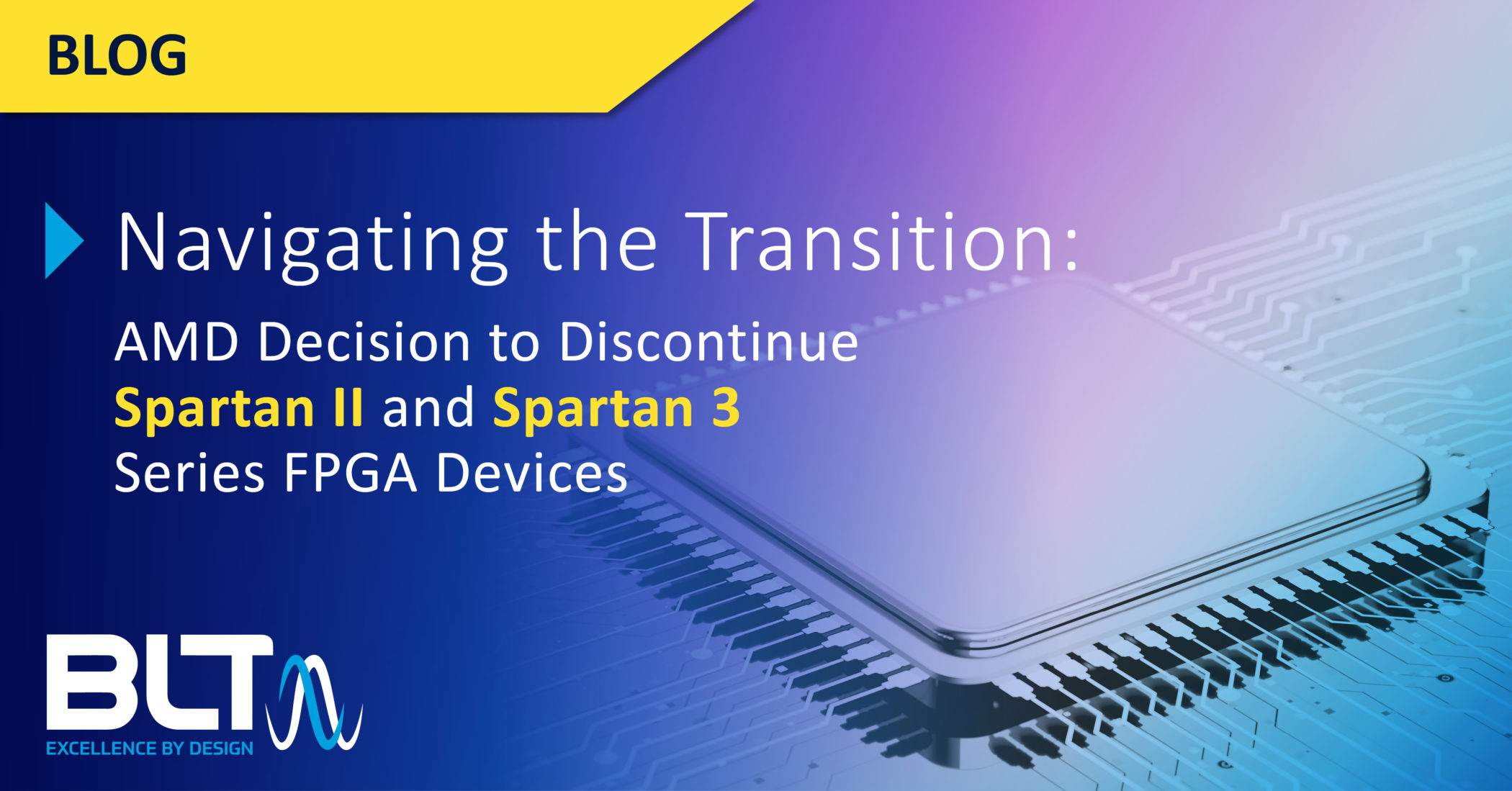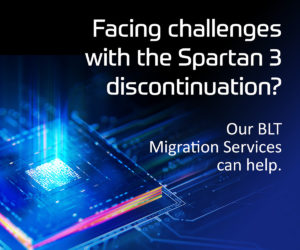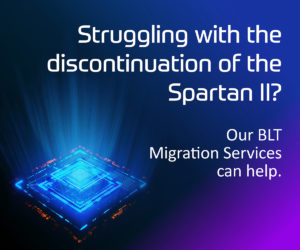In a strategic move following its acquisition of Xilinx, AMD just announced the discontinuation of the Spartan II and Spartan 3 Series FPGA devices, as well as the CoolRunner and CoolRunner II CPLDs. This significant decision has implications for businesses relying on these components for their systems. In this blog post, we will delve into the reasons behind the move, the technical aspects of the Spartan II and Spartan 3 devices and provide insights into migration and redesign strategies for businesses facing this transition.
Understanding the Decision by AMD to Discontinue
The decision by AMD to discontinue the Spartan II and Spartan 3 Series devices is a part of their broader strategy to streamline product offerings and focus on advancing technologies. This decision aligns with the ever-evolving landscape of semiconductor technology, where companies strive to provide cutting-edge solutions that meet the demands of modern applications.
Read the release: here
Technical Overview of Spartan II and Spartan 3 FPGA Devices:
Before we explore potential design solutions, let’s briefly understand the technical aspects of the Spartan II and Spartan 3 FPGA devices. [NOTE: Per AMD / Xilinx, the Series names are Spartan II and Spartan 3.]
Spartan II
Introduced in 1998, the Spartan II Series offered programmable logic devices with a focus on low-cost, low-power solutions for a wide range of applications.
Notable for its high logic density, low power consumption, and efficient design flow, it became a reliable choice for telecommunications, automotive, and consumer electronics applications.
However, technological advancements have rendered these devices outdated in comparison to newer alternatives with enhanced performance, higher integration, and advanced features.
To view a complete list of all discontinued Spartan II parts, go here.
BLT Spartan II Migration Services
Spartan 3
Released in 2003, the Spartan 3 brought significant technological advancements, including increased logic capacity, higher performance, and improved flexibility.
Known for its ability to deliver cost-effective solutions with features such as integrated IP cores, higher bandwidth, and advanced configuration options, it found applications in telecommunications, industrial automation, and aerospace industries.
Despite its success, the pace of innovation in the semiconductor industry has led to the discontinuation of Spartan 3 as newer FPGA architectures offer even greater capabilities and efficiency.
To view a complete list of all discontinued Spartan 3 parts, go here.
Spartan II and Spartan 3 Migration Strategies
For businesses currently utilizing Spartan II and Spartan 3 FPGAs, redesign or migration to newer alternatives is a critical consideration. Here are key steps and considerations for migration:
Compatibility Assessment:
- Evaluate pin compatibility and electrical characteristics of the existing FPGA devices.
- Use migration tools provided by Xilinx to ease the transition.
Software Migration:
- Understand the differences in software tools and frameworks for the new FPGA devices.
- Adapt existing code and configurations to align with the requirements of the newer devices.
Optimization Opportunities:
- Explore opportunities to optimize system performance with the capabilities of the newer FPGA architectures.
- Consider additional features and functionalities that can enhance the overall design.
Contact BLT for an assessment: here.
Spartan II and Spartan 3 Redesign Strategies
While migration offers a direct path for maintaining compatibility, we recommend a more strategic approach through redesign. Redesigning the system allows for a holistic reassessment of the entire architecture, potentially leading to more efficient and future-proof solutions. Here are key considerations for a redesign:
Functional Evaluation:
- Assess the current functionality of the Spartan II and Spartan 3 FPGA devices within the system.
- Identify areas for improvement or additional features that can be integrated into the redesigned system.
Performance Optimization:
- Explore possibilities for optimizing system performance by leveraging the advancements in newer FPGA architectures.
- Consider the power efficiency, speed, and flexibility offered by the latest technologies.
Compatibility Check:
- Ensure compatibility with existing hardware and software components during the redesign process.
- Mitigate potential risks associated with changes in the system architecture.
Cost-Benefit Analysis:
- Conduct a thorough cost-benefit analysis to weigh the expenses of redesign against the potential long-term benefits and performance gains.
- Consider the overall return on investment and the impact on the total cost of ownership.
Contact BLT for an assessment: here.
CoolRunner and CoolRunner II CPLD
BLT CoolRunner Migration Services
Contact BLT for an assessment: here.
Conclusion
The AMD decision to discontinue Spartan II and Spartan 3 Series FPGA devices signals a shift in the semiconductor industry’s landscape. Businesses relying on these components now face the task of navigating this transition. Whether through migration or redesign, careful planning and consideration of technical aspects are crucial for a successful transition. As companies embark on this journey, they have the opportunity to not only adapt but also to innovate and optimize their systems for the future.
Resources:
XCN23009.pdf • Viewer • AMD Adaptive Computing Documentation Portal (xilinx.com)




